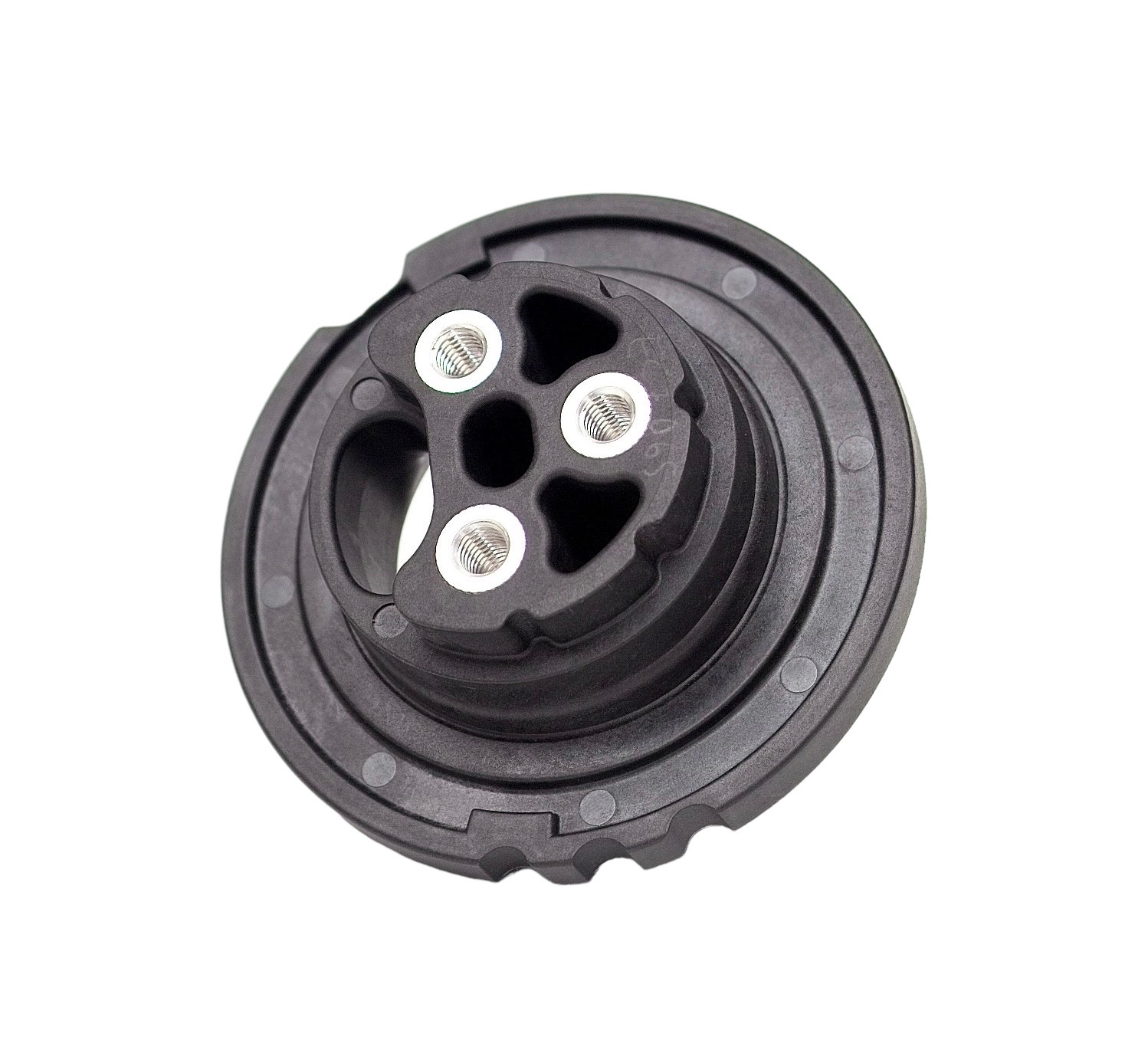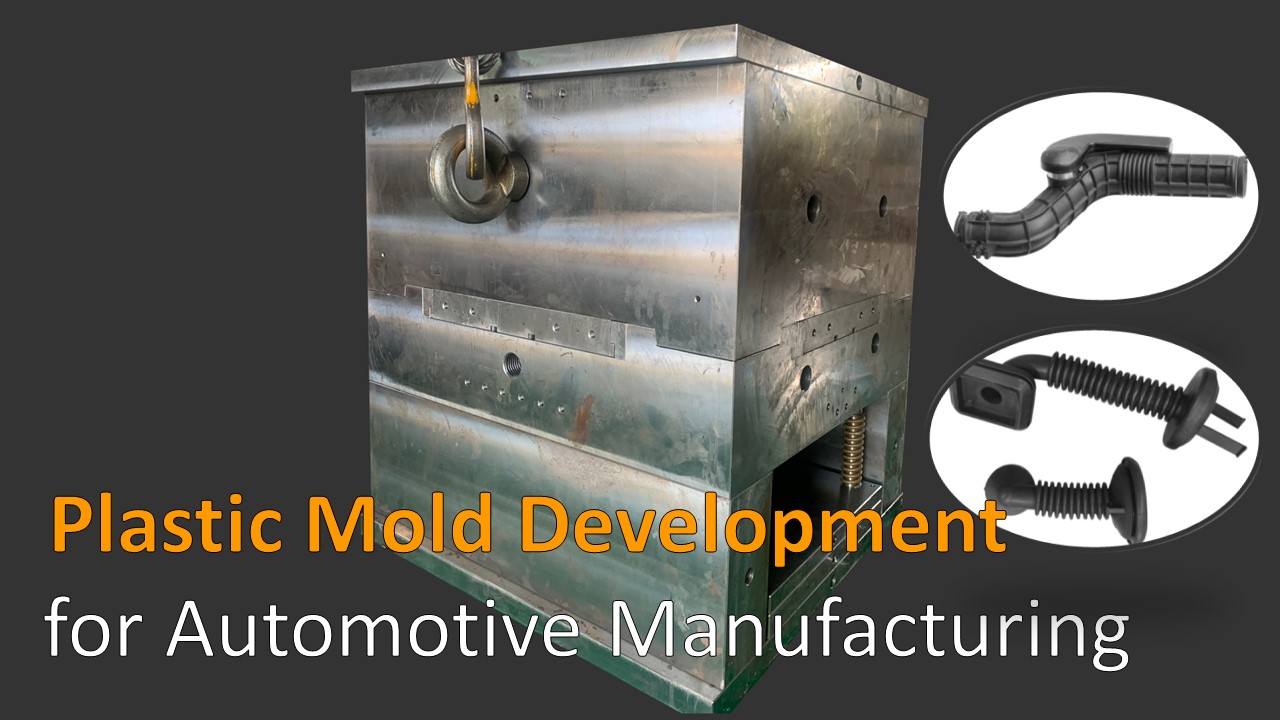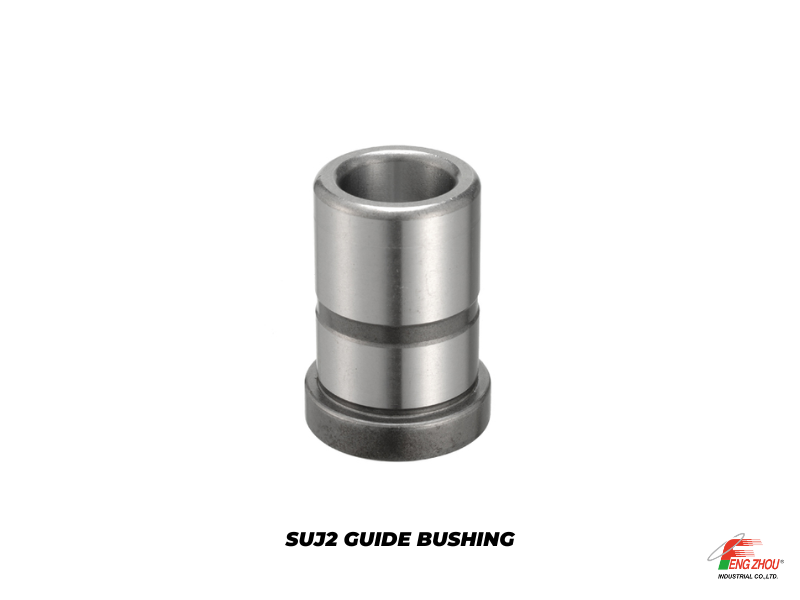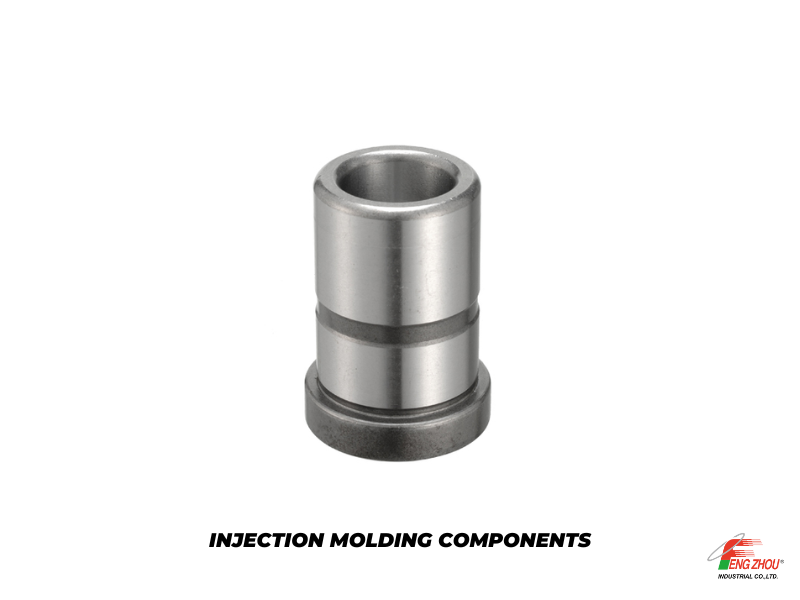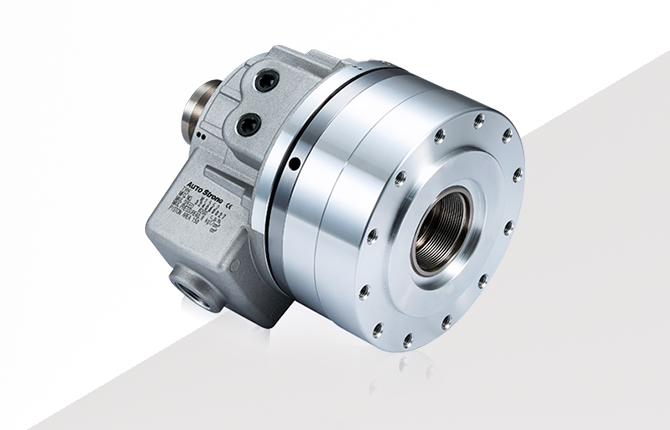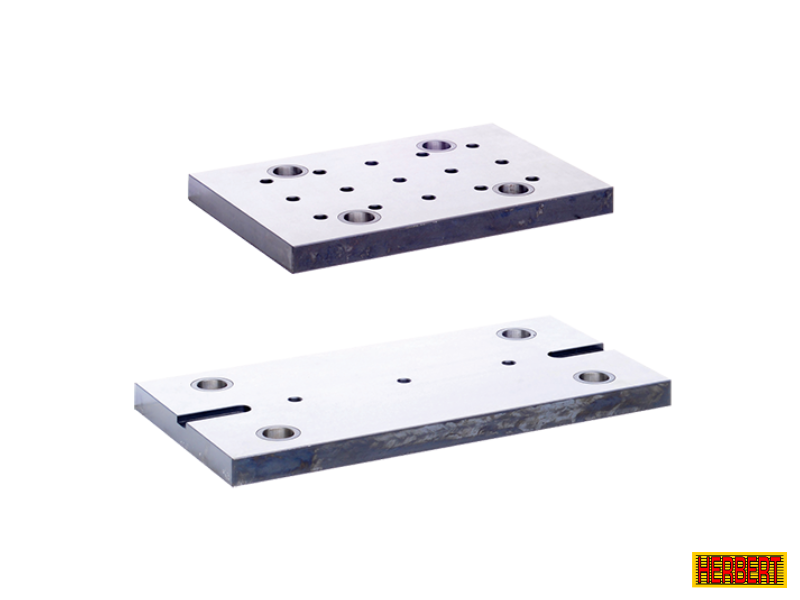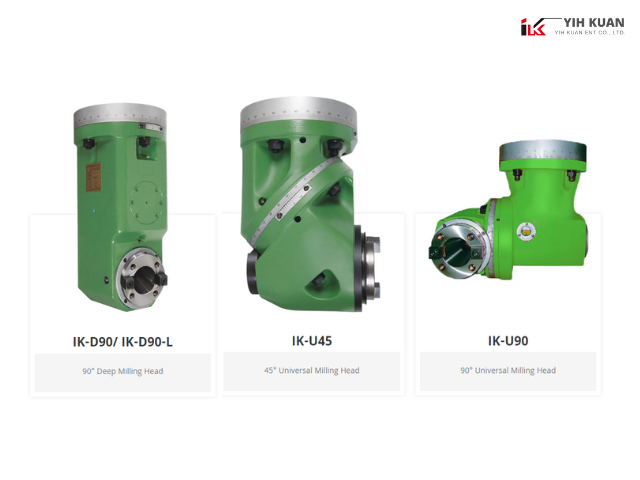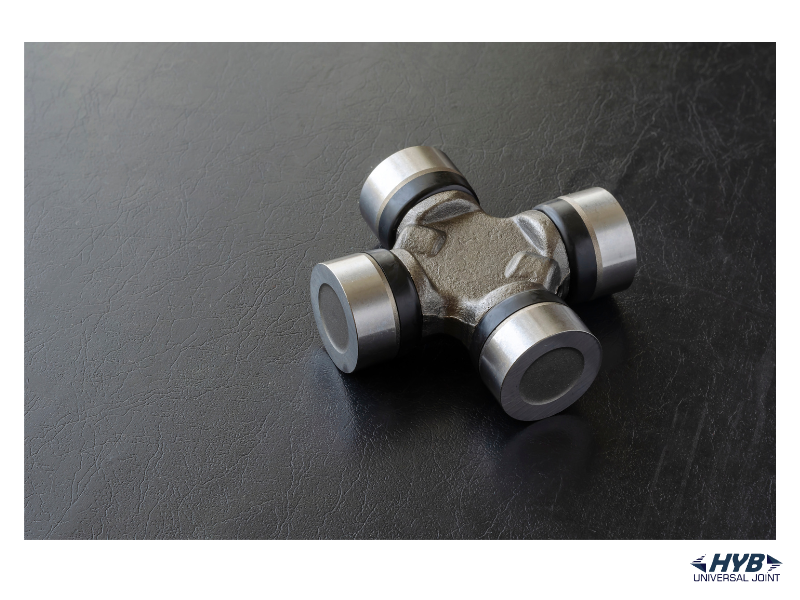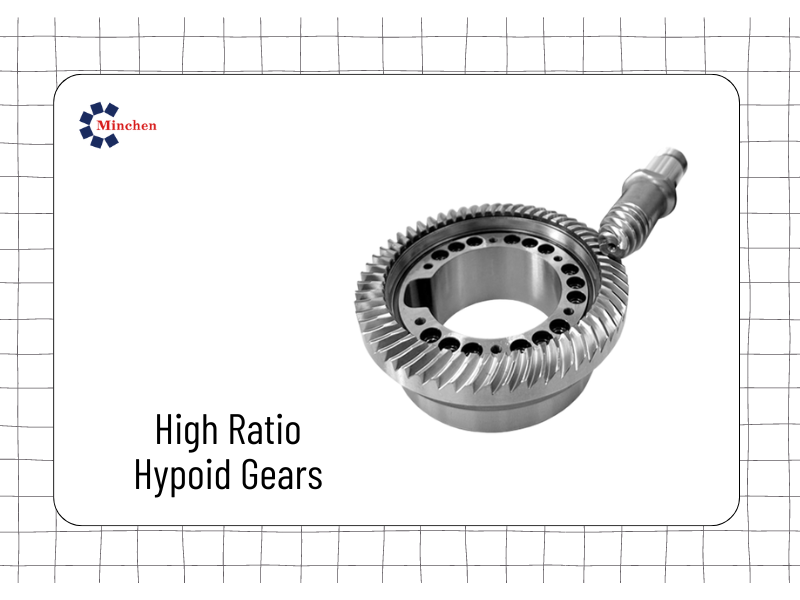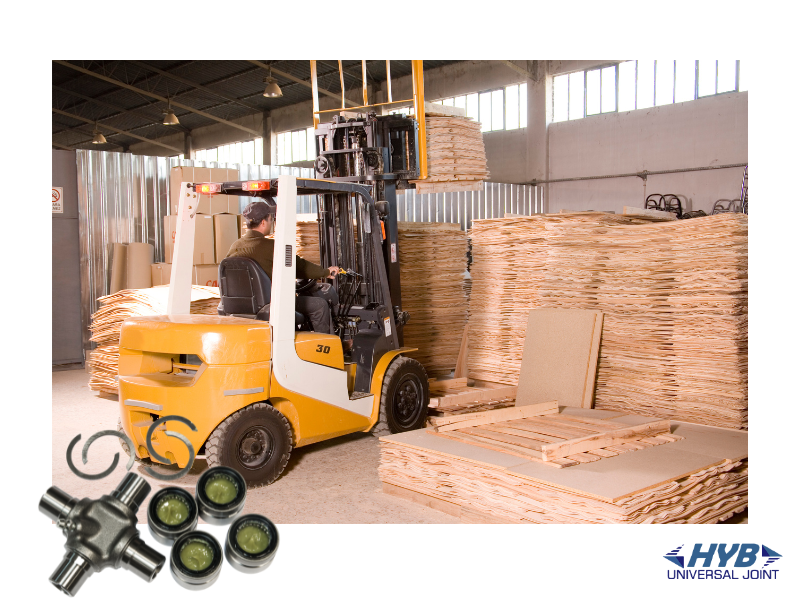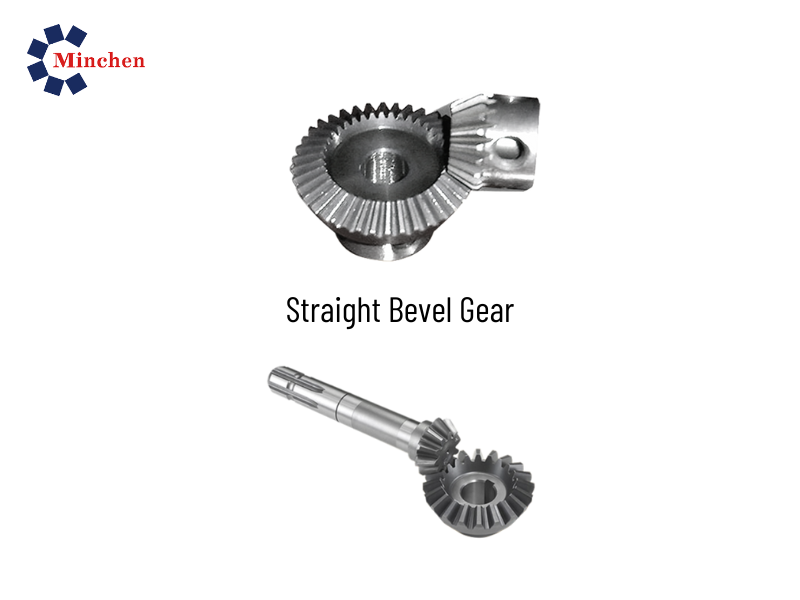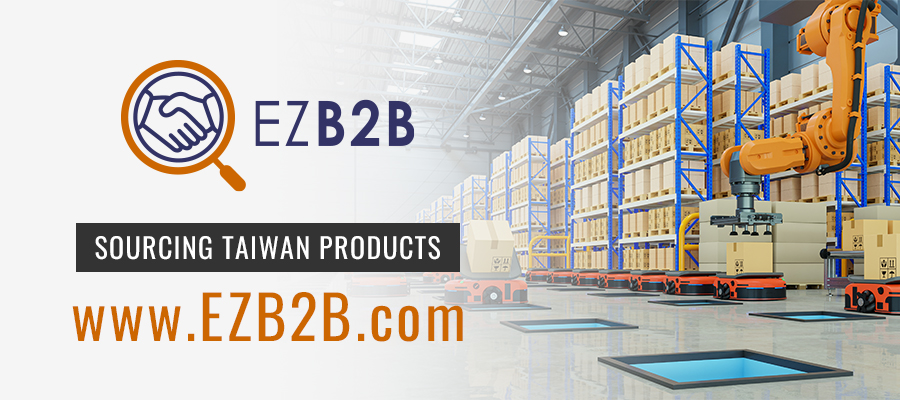All You Need to Know About Plastic Injection Molding Process Materials
2022-09-06Mould & Die From:MING-LI PRECISION STEEL MOLDS CO., LTD.

When it comes to the production of large numbers of identical plastic components at one time, plastic injection molding is considered to be one of the fastest and most efficient methods. Since plastics are used in such a wide range of applications and industries, different materials must be used for injection molding.
Choosing materials for plastic injection molding is a difficult task, even though many common plastics are suitable. Thermoplastics made of polymers or plastics are mostly used in the plastic injection molding process. Once melted, the material can be re-melted, reshaped, and re-frozen for reuse. Injection molding materials come in many different varieties, all serving different purposes.
10 Widely Used Injection Molding Process Materials
The injection molding process usually contains the following 10 materials:
1. Acrylonitrile Butadiene Styrene (ABS)
Acrylonitrile butadiene styrene is also known as ABS. This kind of thermoplastic injection molding material is commonly found in pipes, car body pieces, and keyboards.
Reasons for Using in Plastic Injection Molding Process
• Impact Resistance: ABS is impact-resistant thanks to compositions that resemble rubber.
• High stiffness and surface hardness in some formulations
• Alkalis, water, and the majority of inorganic acids have little effect on chemical resistance.
• Excellent dimensional durability and consistent shrinkage
• Broad Temperature Range — Withstands Heat and Won't Break in Cold
• Quick to form after cooling
2. Nylon
Owing to its unique nature, nylon, also known as polymer fabric, is one of the most adaptable injection molding materials. Along with fishnet and insulators for electrical systems, it is utilized for a variety of clothing items.
Reasons for Using in Plastic Injection Molding Process
• High friction does not cause the material to heat up.
• Tolerance to chemical corrosion
• Appropriate for tasks involving elastic and clothes is abrasion resistance.
• Flexible—can be used with a wide variety of different plastic materials.
3. High-Density Polyethylene (HDPE)
High-density polyethylene is a thermoplastic that is used for injection molding and is mostly used to make plastic bottles, shampoo bottles, toys, recycling bins, and flower pots. The key benefit of choosing HDPE is that it is both reasonably priced and made of rigid, highly durable material.
Reasons for Using in Plastic Injection Molding Process
• Made from entirely recyclable materials, sustainable
• Immune to rust, corrosion, and other substances
• Remains solid or stable in high temperatures.
• Useful for use as food packaging and equipment is food grade.
• Cost-effective because it can be mass-produced at a reasonable cost
4. Polycarbonate (PC)
Transparent polycarbonate is a robust, durable injection molding material used in manufacturing. Bulletproof glass, safety hamlets, compact discs, and other electrical and telecommunication technology all contain PC.
Reasons for Using in Plastic Injection Molding Process
• Does not dent or scrape when hit by UV
• It resists corrosion and discoloration under ultraviolet light.
• Windows and eyewear lenses can both be transparent.
• No corroding by chemicals due to chemical resistance
• Good eyeglasses and window applications benefit from rigidity.
5. Polyoxymethylene (POM)
POM, commonly known as acetal, is a robust, hard plastic that is used in injection molding. Automotive parts can be made using acetal. Acetal is also used in insulin pens, fan wheels, door knobs, and lock systems.
Reasons for Using in Plastic Injection Molding Process
• Maintains strength and resists bending.
• The ability to withstand powerful impacts.
• Does not corrode or rust as a result of chemicals and solvents thanks to solvent resistance
• Smooth, reflecting qualities on a glossy surface
6. Acrylic Poly (Methyl Methacrylate) (PMMA)
Acrylic, one of the materials for injection molding that is listed, is available as a thin sheet and is frequently used in place of glass. PMMA utilizes a wide range of goods, including windows, eyeglass lenses, and vehicle backlights.
Reasons for Using in Plastic Injection Molding Process
• Protects against moisture and ultraviolet fading
• Water, mild acids, and alkaline solutions do not affect their chemical resistance.
• Excellent impact strength and stiffness due to surface hardness
• Contribute to a predictable outcome.
7. Polyetherimide (PEI)
Ultem also referred to as polyetherimide, is an amorphous substance with a much high thermal resistance than conventional polymers. Polyetherimide is most frequently used in medical devices, electronics, and industrial plastic parts because of its stiffness and high heat performance.
Reasons for Using in Plastic Injection Molding Process
• Hard plastic that is rigid and suitable for high-impact industrial applications
• Resists melting or warping at high temperatures
• Able to withstand breaking or cracking in challenging environmental conditions
• Does not burn easily and produces little smoke
8. Polypropylene (PP)
With a revenue share of 34.2 percent in 2020, polypropylene, also referred to as polypropene, is a thermoplastic polymer used in a wide range of applications. Since it doesn't combine chemicals with food products, it is generally used in the food storage and packing business.
Reasons for Using in Plastic Injection Molding Process
• Doesn't react with most bases and acids due to chemical resistance
• Maintains shape even after repeated bending and flexing
• Strong insulating qualities and electrical resistance
• Can bend, flex, and deform without actually breaking because of its elastic properties.
9. Polystyrene (PS)Polystyrene plastic
A polymer called polystyrene is employed in numerous plastic and foam applications in numerous industries. Polystyrene is frequently used in flexible applications because of its bending and flexing qualities, such as in bottles and disposable food containers. Additionally, it is frequently used to create stiff foam insulation and laminate floor sheets.
Reasons for Using in Plastic Injection Molding Process
• For goods made of plastic that are transparent, the transparent resin can provide optical clarity.
• When packing food and consumable items, utilize only FDA Grade materials.
• Cost-effective to produce in large quantities
10. Low-Density Polyethylene (LDPE)
Low-density polyethylene is a lot softer and more flexible than high-density polyethylene. Bottles, plastic bags, and wraps, as well as playground slides, are all made using injection molding and low-density polyethylene.
Reasons for Using in Plastic Injection Molding Process
• The resistance to chemicals and moisture of this material is advantageous.
• It is safe to use for food content because it is inexpensive and of food-grade quality.
You can choose the material that is suitable for your project after you know the material to employ. Making the appropriate material selection for your project will help to speed up the procedure, enhance the performance of your product, and cut costs.
Contact Moulds Asia, if you want to find out what kind of material is suitable for your upcoming project.
